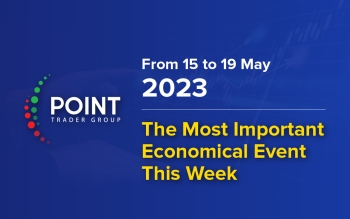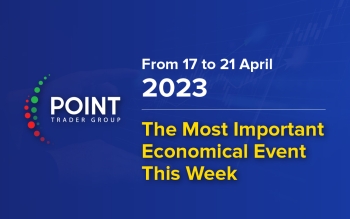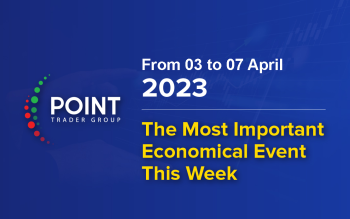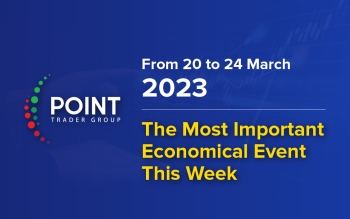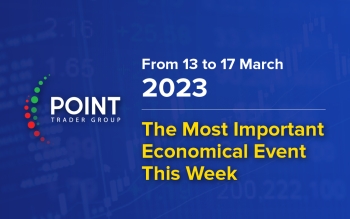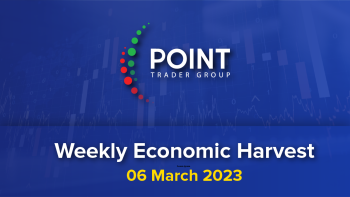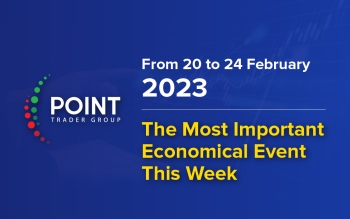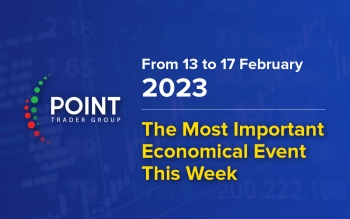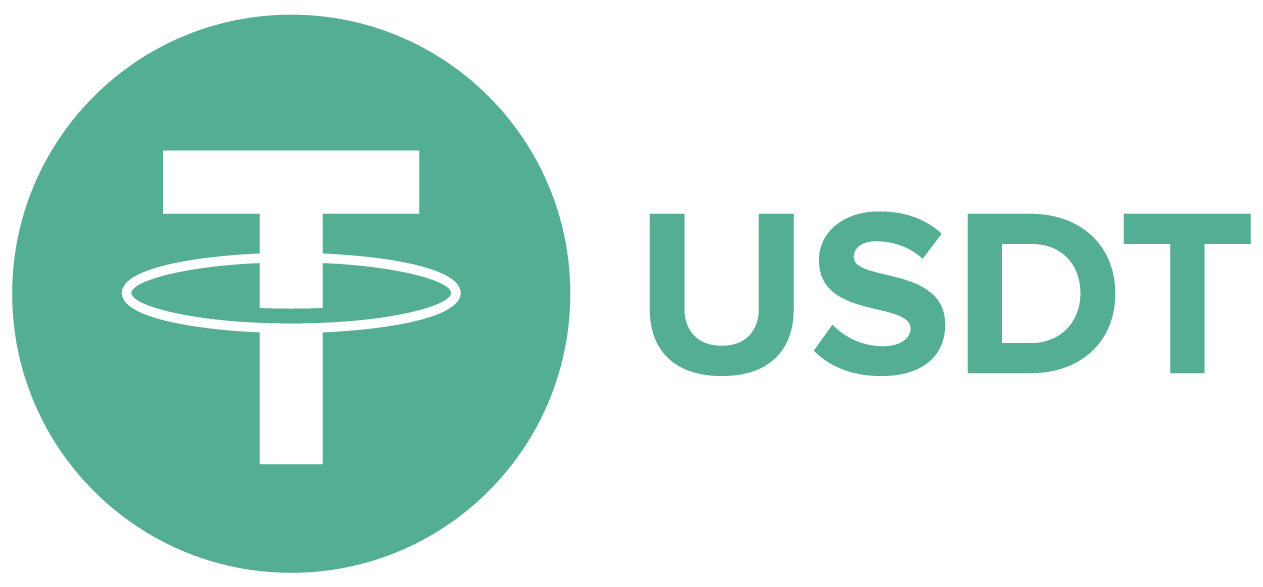The most important economic data this week from 29 to 02 Sep 2022
The most important data expected this week
United State
Job Opportunities (JOLTs) (July) - Tuesday (4:00 pm)
The number of job vacancies in the United States decreased by 605,000 from the previous month to 10.7 million in June of 2022, the lowest level in nine months and below market expectations of 11 million. This is the third consecutive decline in employment after a record low in March. The largest declines in employment were in retail (-343000), wholesale (-82000), and in state and local government education (-62000). Meanwhile, about 4.2 million Americans quit their jobs in May, little changed from the previous month, with the so-called quit rate unchanged at 2.8%.
ADP Nonfarm Private Sector Payroll Change (June) - Wednesday (02:15 pm)
Private companies in the United States hired 128 thousand workers in May, the lowest number since job losses in 2020, and well below expectations of 300,000 workers. The services sector added 104 thousand jobs, led by the education and health sector (46 thousand), and the professional and commercial sector (23 thousand), while the information sector lost 2 thousand jobs. Goods-producing industries added 24 thousand jobs, due to manufacturing (22 thousand), natural resources and mining (5 thousand) while the construction sector lost 2 thousand. Large companies added 122 thousand jobs and 97 thousand medium-sized companies while small companies shed 91 thousand jobs. Against the backdrop of a tight labor market and rising inflation, monthly job gains are approaching pre-pandemic levels. The rate of employment growth in employment has moderated across all industries, while small businesses remain a concern as they struggle to keep pace with the larger firms that have boomed recently,” said Nella Richardson, chief economist at ADP. submit it.
US Crude Oil Inventories - Wednesday (4:30 pm)
US crude oil inventories fell by 3.282 million barrels in the week ending August 19, much more than market expectations for a decline of 0.933 million barrels. Gasoline stocks fell by 0.027 million barrels, compared to expectations for a 1.46 million decrease. Distillate stocks, which include diesel and heating oil, fell 0.661 million barrels versus expectations for a 0.58 million increase. Meanwhile, crude oil inventories in Cushing, Oklahoma, rose by 0.426 million barrels, after pumping 0.192 million barrels in the previous period.
Institute of Supply Management (ISM) Manufacturing PMI (August) - Thursday (4:00 pm)
The ISM manufacturing PMI fell to 52.8 in July of 2022 from 53 in June, beating market expectations of 52. The reading marked the 26th straight month of rising factory activity but the weakest rate since June of 2020, as new order prices continue in height. Although supplier deliveries have improved and prices have fallen to levels not seen in two years. New orders (48 vs. 49.2), employment (49.9 vs. 47.3) fell, production (53.5 vs. 54.9) and supplier deliveries slowed (55.2 vs. 57.3), while inventories rose faster (57.3 vs. 56) and price pressures eased (60 vs. 78.5). Meanwhile, sentiment remained upbeat about demand, with six positive growth comments for every cautious comment. Companies are now expressing concern about a weakening economy, amid growing concern about excess inventory in the supply chain.
Employment report in the private sector (August) - Friday (02:30 pm)
The US economy added 528,000 jobs in July of 2022, much better than market expectations of 250,000 and above the upwardly revised 398,000 in June. The largest job gains occurred in leisure and hospitality (96 thousand), mainly in food services and drinking places (74 thousand); Professional and commercial services (89 thousand), including management of companies and institutions (13 thousand), architectural and engineering services (13 thousand), management and technical consulting services (12 thousand), scientific research and development services (10 thousand); and health care (70 thousand). Total non-farm employment has increased by 22.0 million since it bottomed out in April 2020 and returned to its pre-pandemic level. Employment in the private sector increased by 629 thousand from what it was in February 2020, although many sectors have not recovered yet. On the other hand, government employment is still 597 thousand below its level before the epidemic.
Unemployment Rate (August) - Fri (2:30 pm)
The unemployment rate in the United States fell to 3.5% in July 2022, the lowest level since February 2020, from 3.6% in the previous period, while analysts expected it to remain unchanged. The number of unemployed fell to 5.7 million. Meanwhile, the labor force participation rate, at 62.1%, and the employment-to-population ratio, at 60.0%, did not change slightly during the month.
United kingdom
Manufacturing PMI (August) - Thursday (10:30 am)
The S&P Global/CIPS manufacturing PMI for the UK fell to 46 in August 2022 from 52.1 in July, indicating the first contraction in factory activity since May 2020, surprising markets who had expected a reading of 51.1. According to the committee members, lower customer demand, delayed input delivery and labor shortages affected performance. New business is down the most since May 2020, as increased economic uncertainty and rising costs weighed on market confidence and sales. At the same time, manufacturers were the least optimistic since April 2020, as companies were concerned that rising costs, lower customer spending, and a weaker economic climate could all affect performance.
euro
CPI (MoM) (Aug) - Wednesday (11:00 AM)
The annual inflation rate in the eurozone was confirmed at a new record high of 8.9% in July of 2022, compared to 8.6% in June and 2.2% the previous year. Prices of food, alcohol and tobacco accelerated (9.8% vs. 8.9% in June), non-energy industrial goods (4.5% vs. 4.3%) and services (3.7% vs. 3.4%) while energy costs slowed (39.6% vs. 42%). Excluding energy, inflation also rose to 5.4% from 4.9% and the core index excluding the cost of energy, food, alcohol and tobacco rose to 4% from 3.7%. Compared to the previous month, consumer prices rose 0.1%.
Germany
German Unemployment Change (August) - Wednesday (09:55 am)
Germany's seasonally adjusted unemployment rate rose to a nine-month high of 5.4% in July of 2022, the second consecutive rise, pushed again by Ukrainian refugees to register with the Jobcentre in search of work. "The labor market as a whole remains stable," said the head of the Federal Labor Agency, Detlev Scheele.
All times are +2 GMT

 English
English



